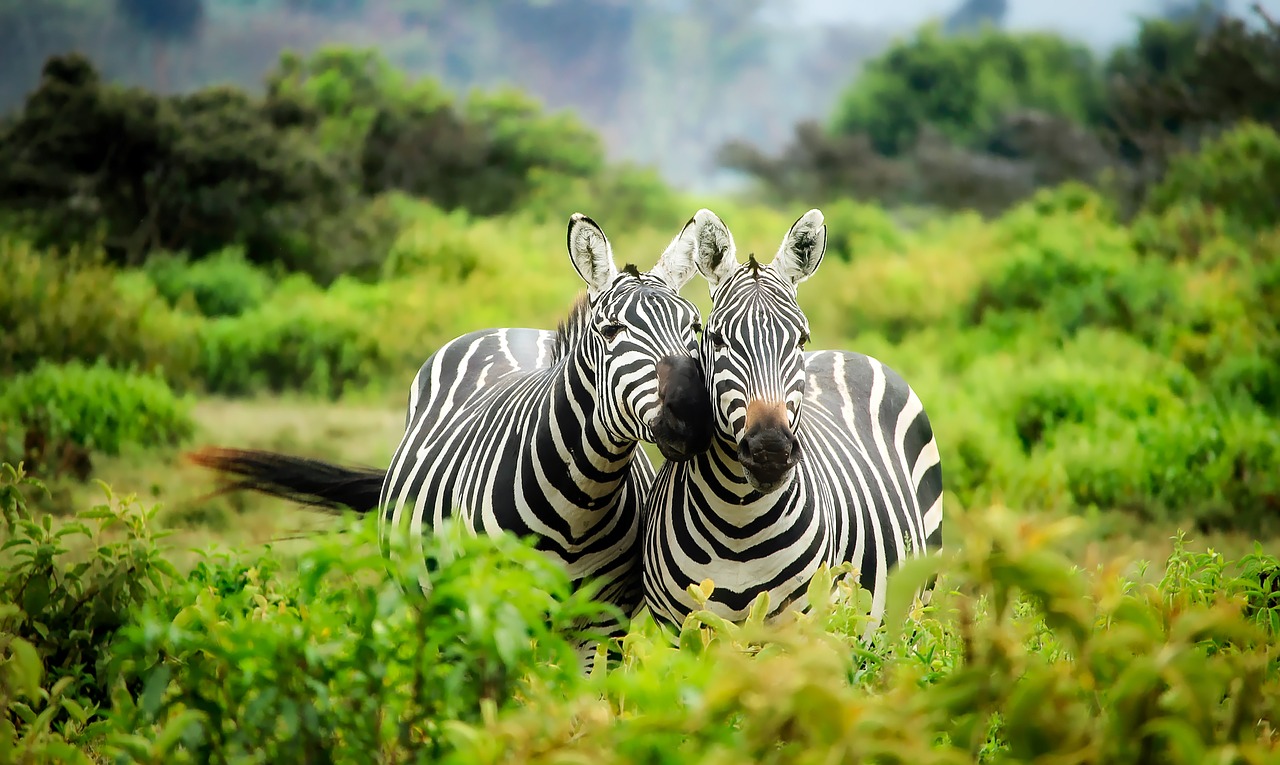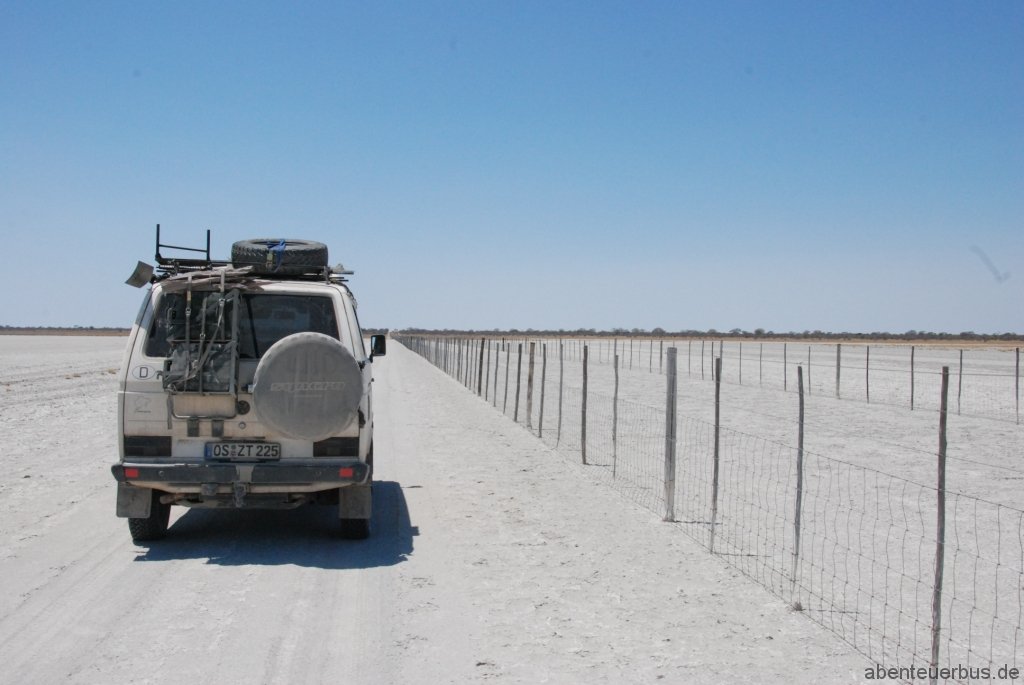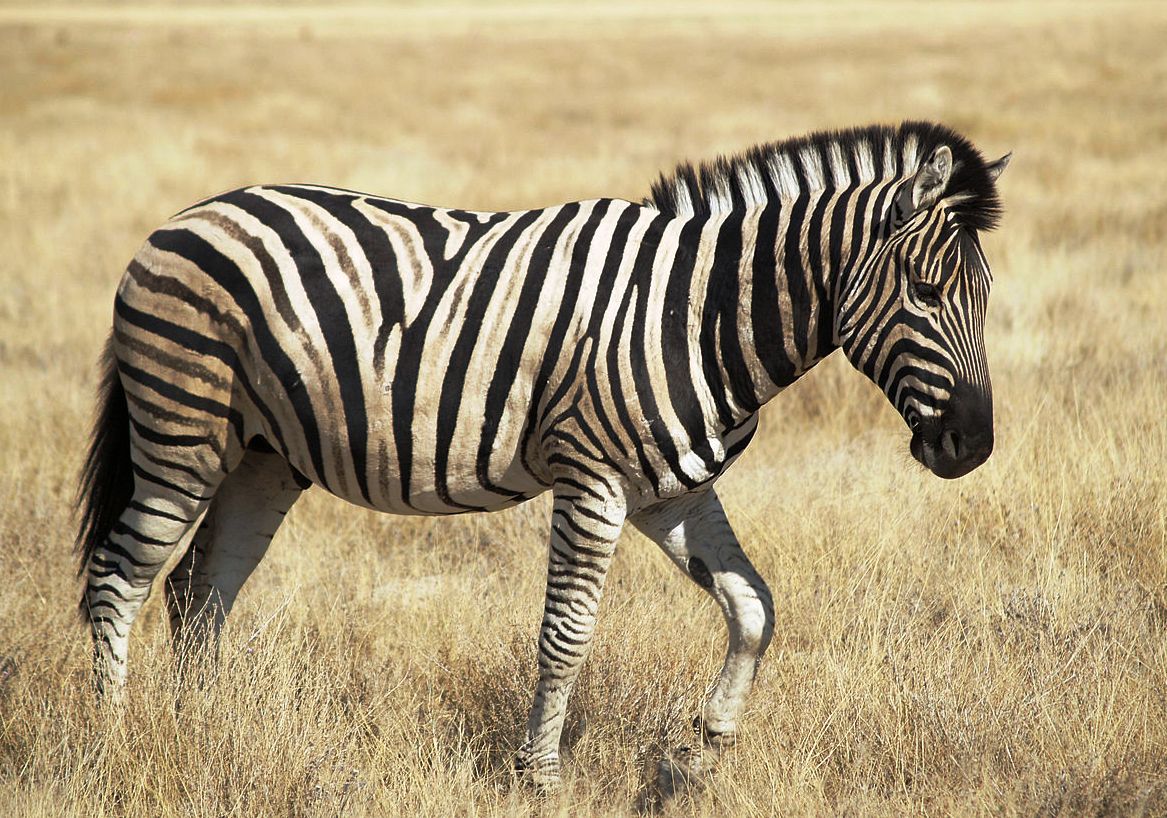About Zebras and Fences
 Zebras are nomads, they like to migrate and they don't care of borders. But if their nomadic life is hindered and their migration routes are blocked by fences fewer zebra foals are born, and while droughts more and more zebras die of thirst.
Zebras are nomads, they like to migrate and they don't care of borders. But if their nomadic life is hindered and their migration routes are blocked by fences fewer zebra foals are born, and while droughts more and more zebras die of thirst.
Fences harm Wildlife
 A Wildebeest migration second in size to the great migration of east Africa happened between the central regions of the Botswana and the waterways of the north. During times of drought more than half a million animals would head north to the Okavango. One of the first fences to be erected was on the northern boundary of the Central Kalahari Game Reserve. It was built to protect the livestock of the farmers. What this fence did was to stop this huge migration of zebras and wildebeest. No water, no life. Only ten percent of the population in Botswana survived. That is why these fences were removed 30 years later.
A Wildebeest migration second in size to the great migration of east Africa happened between the central regions of the Botswana and the waterways of the north. During times of drought more than half a million animals would head north to the Okavango. One of the first fences to be erected was on the northern boundary of the Central Kalahari Game Reserve. It was built to protect the livestock of the farmers. What this fence did was to stop this huge migration of zebras and wildebeest. No water, no life. Only ten percent of the population in Botswana survived. That is why these fences were removed 30 years later.
The Memory of the Zebras
 What happened with the zebras after the fence had been removed? Would they find their old migration routes? Zebras can live up to 20 years. Which means one or two generations did not migrate. Researchers equipped some zebras with GPS transmitters. The result was amazing. One of the zebras found the waterways of the north. Nowadays, when the rainy season starts in November, 20 000 zebras and wildbeest are wandering their old migration routes again.
What happened with the zebras after the fence had been removed? Would they find their old migration routes? Zebras can live up to 20 years. Which means one or two generations did not migrate. Researchers equipped some zebras with GPS transmitters. The result was amazing. One of the zebras found the waterways of the north. Nowadays, when the rainy season starts in November, 20 000 zebras and wildbeest are wandering their old migration routes again.

